Ex-Hague official on Vukovar verdict
Šljivančanin knew what would happen to prisoners he handed over to the Vukovar Territorial Defense, Florence Hartmann says.
Tuesday, 02.10.2007.
13:41

Sljivancanin knew what would happen to prisoners he handed over to the Vukovar Territorial Defense, Florence Hartmann says. In an interview with Croatian daily Jutarnji List published yesterday, former ICTY spokeswoman Florence Hartmann said she had visited Vukovar as a journalist for France’s Le Monde newspaper soon after Serb forces entered the town in November 1991. Ex-Hague official on Vukovar verdict She then spoke to a witness about the Ovcara farm killings, before going on "to look for a mass grave" believed to have contained the bodies of the Ovcara victims. “UN officials at the time refused to disclose details of the grave. Thanks to a witness we’d spoken to we found the mass grave outside the Ovcara farm. Russian peacekeepers were already there." "At the end of November 1991, the Le Monde and AFP agencies reported for the first time that the mass grave contained bodies of people that had gone missing from Vukovar hospital, something that the UN soon confirmed,” added Hartmann. According to her, it was then that she met former Yugoslav People’s Army (JNA) officer Veselin Sljivancanin for the first time, and asked him what had happened in Ovcara. He replied that there had been “many dead people in Vukovar and their bodies had to be buried somewhere.” “By saying this he showed that he knew of the mass grave in Ovcara, even though he told the UN Court during the trial he hadn’t heard of the crime until later.” On the night of November 20/21, 1991, 194 Croat prisoners held captive at the farm near Vukovar were shot dead. Last week, the Hague Tribunal sentenced Sljivancanin to five years in prison for complicity in the murder and abuse of Croat prisoners in Vukovar in 1991; former JNA officer Mile Mrksic was sentenced to twenty years, while the third accused, Miroslav Radic, was acquitted on all counts. Hartmann added that, even though she was "not a legal expert," it "made no sense" that Sljivancanin, as commander of the military police in charge of the evacuation of Vukovar hospital, was found not responsible for handling war prisoners. “He evacuated prisoners from the hospital and handed them over to the Vukovar Territorial Defense and volunteer units that modeled themselves on the Chetniks,” she alleged. “The fact that the military police left Ovcara farm means that Sljivancanin, Mrksic and the rest gave the green light for the killings,” Hartmann claims. “If one looks at it from the point of view that at the moment of the executions, territorial defense units and Serb volunteers were no longer under the command of the Yugoslav People’s Army, then one could suggest that JNA officers were not to blame for what had happened once their backs were turned,” she told the daily. “It’s like a guideline for the defense of all war criminals, who can thus evade command responsibility and lay the blame on the direct perpetrators of the crime,” Hartmann, who has recently published a book accusing world leaders about poor cooperation with the Tribunal, concluded.
Ex-Hague official on Vukovar verdict
She then spoke to a witness about the Ovčara farm killings, before going on "to look for a mass grave" believed to have contained the bodies of the Ovčara victims.“UN officials at the time refused to disclose details of the grave. Thanks to a witness we’d spoken to we found the mass grave outside the Ovčara farm. Russian peacekeepers were already there."
"At the end of November 1991, the Le Monde and AFP agencies reported for the first time that the mass grave contained bodies of people that had gone missing from Vukovar hospital, something that the UN soon confirmed,” added Hartmann.
According to her, it was then that she met former Yugoslav People’s Army (JNA) officer Veselin Šljivančanin for the first time, and asked him what had happened in Ovčara.
He replied that there had been “many dead people in Vukovar and their bodies had to be buried somewhere.”
“By saying this he showed that he knew of the mass grave in Ovčara, even though he told the UN Court during the trial he hadn’t heard of the crime until later.”
On the night of November 20/21, 1991, 194 Croat prisoners held captive at the farm near Vukovar were shot dead.
Last week, the Hague Tribunal sentenced Šljivančanin to five years in prison for complicity in the murder and abuse of Croat prisoners in Vukovar in 1991; former JNA officer Mile Mrkšić was sentenced to twenty years, while the third accused, Miroslav Radić, was acquitted on all counts.
Hartmann added that, even though she was "not a legal expert," it "made no sense" that Šljivančanin, as commander of the military police in charge of the evacuation of Vukovar hospital, was found not responsible for handling war prisoners.
“He evacuated prisoners from the hospital and handed them over to the Vukovar Territorial Defense and volunteer units that modeled themselves on the Chetniks,” she alleged.
“The fact that the military police left Ovčara farm means that Šljivančanin, Mrkšić and the rest gave the green light for the killings,” Hartmann claims.
“If one looks at it from the point of view that at the moment of the executions, territorial defense units and Serb volunteers were no longer under the command of the Yugoslav People’s Army, then one could suggest that JNA officers were not to blame for what had happened once their backs were turned,” she told the daily.
“It’s like a guideline for the defense of all war criminals, who can thus evade command responsibility and lay the blame on the direct perpetrators of the crime,” Hartmann, who has recently published a book accusing world leaders about poor cooperation with the Tribunal, concluded.


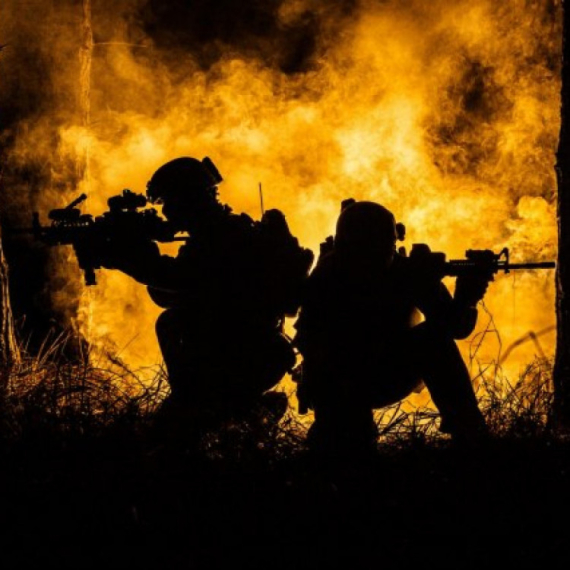
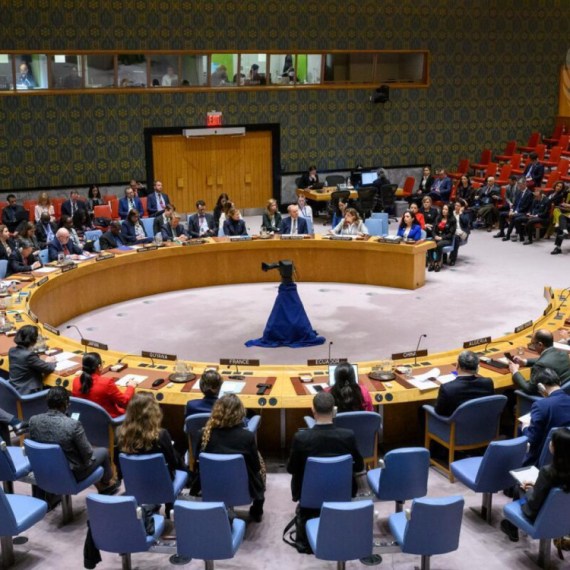
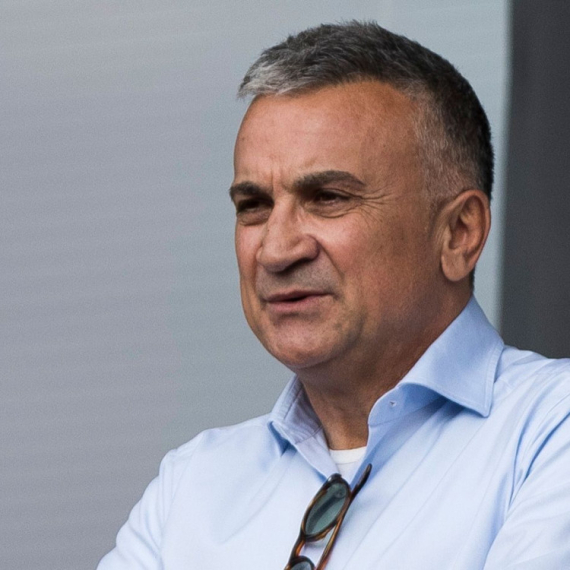
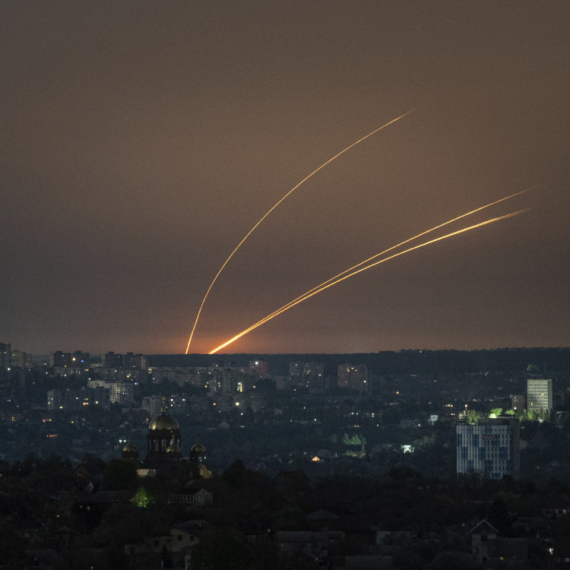
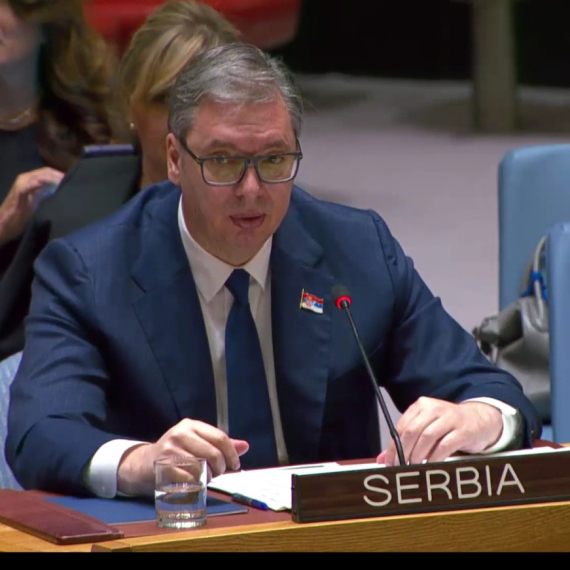



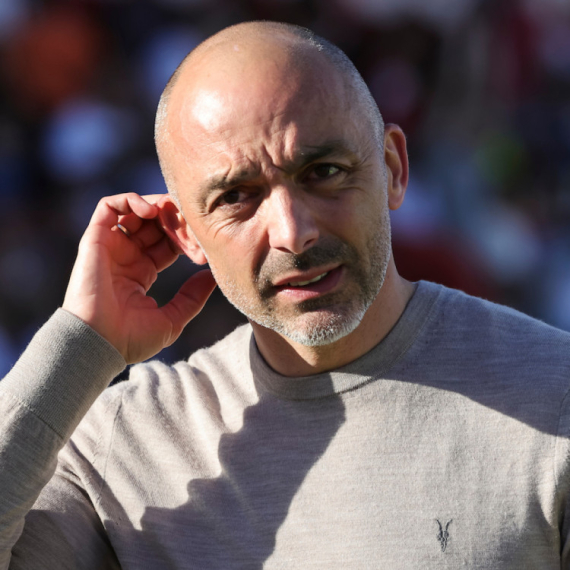

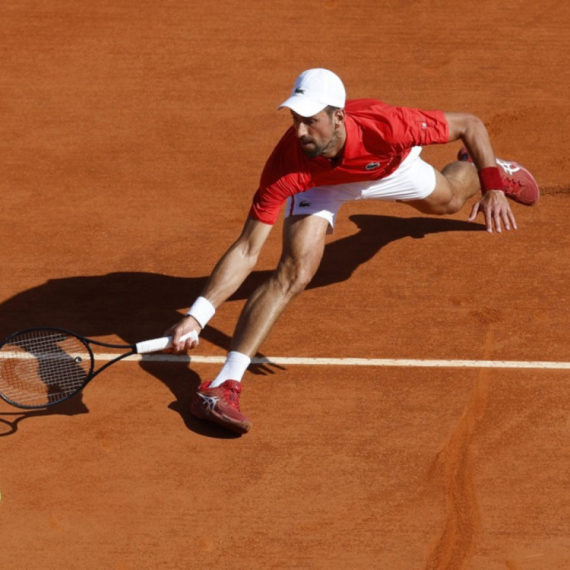
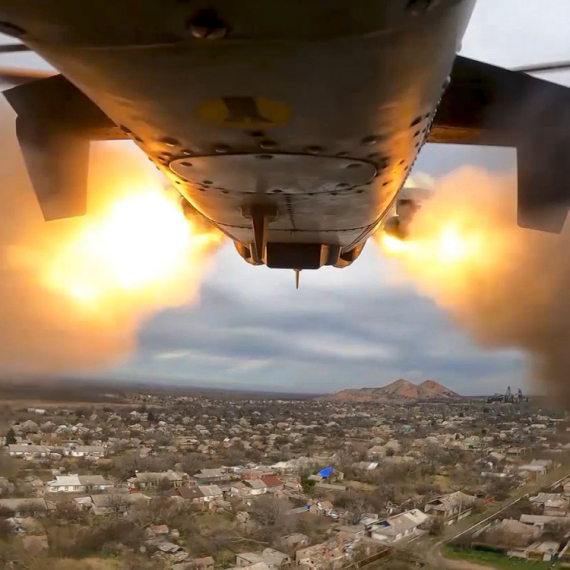

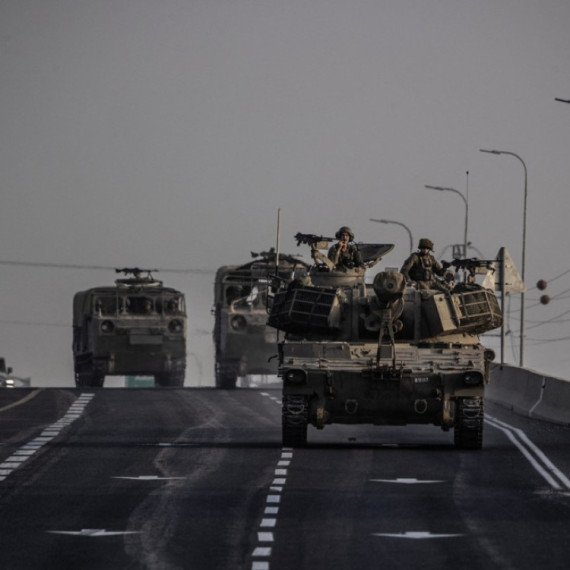
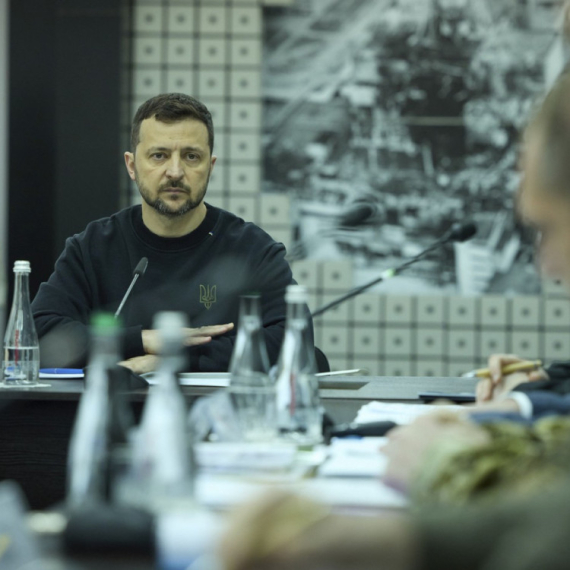

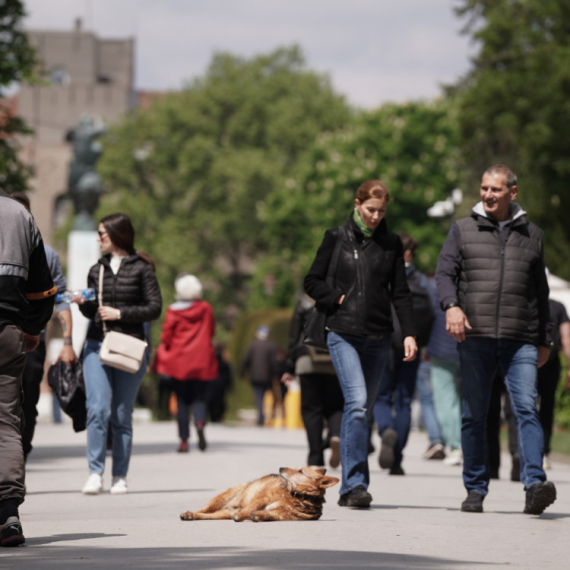
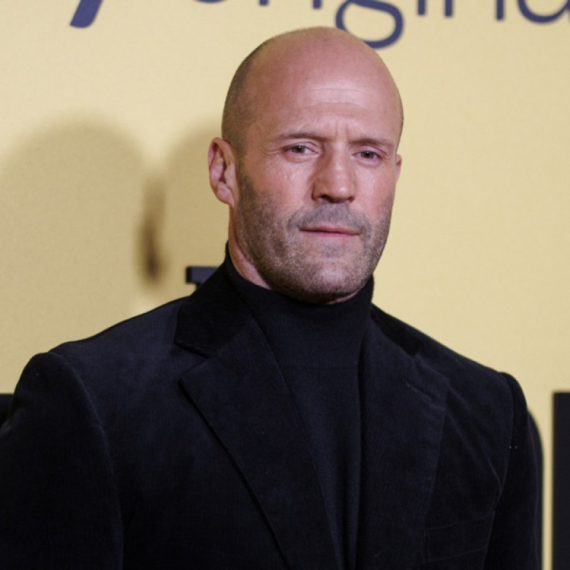


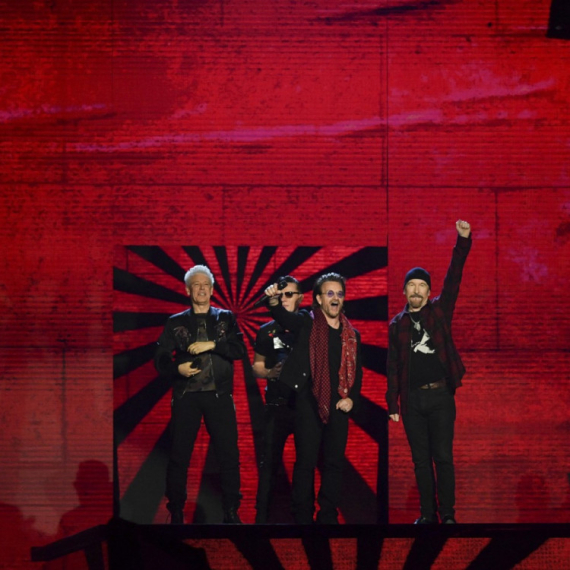







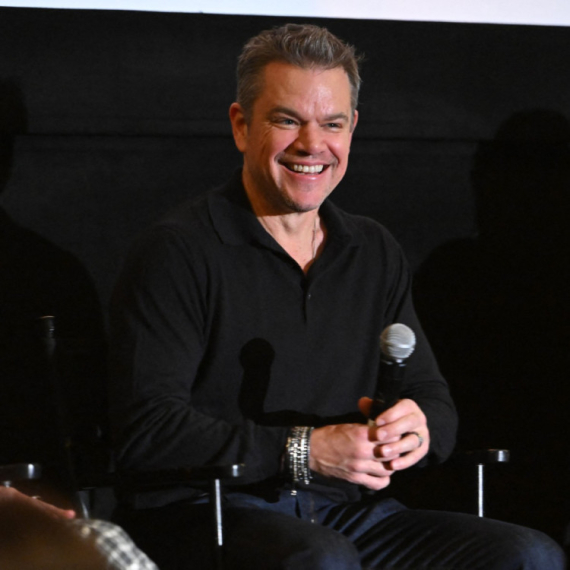
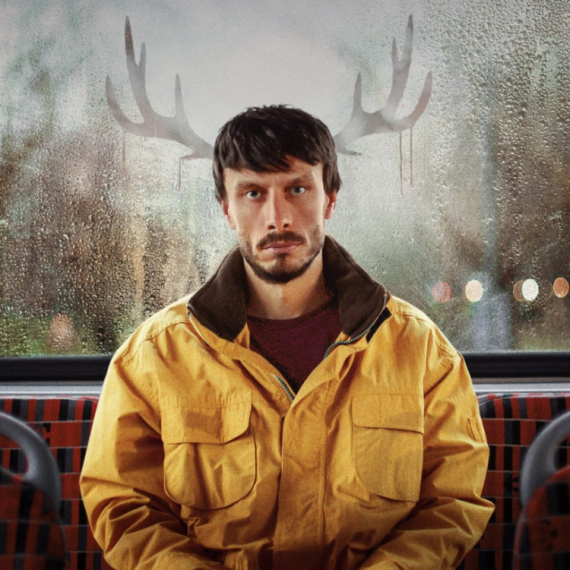

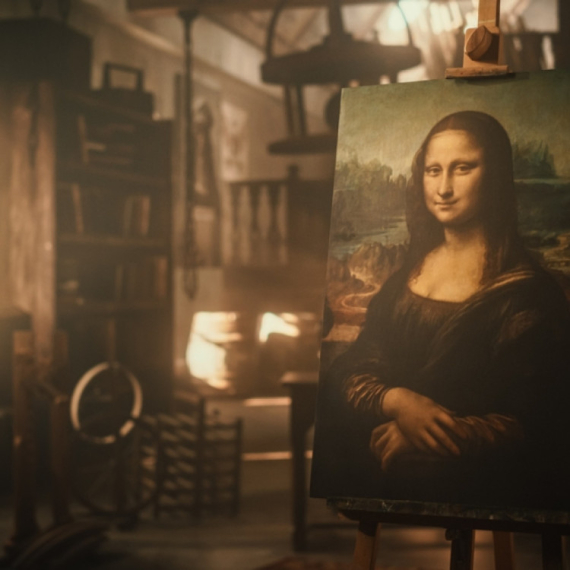
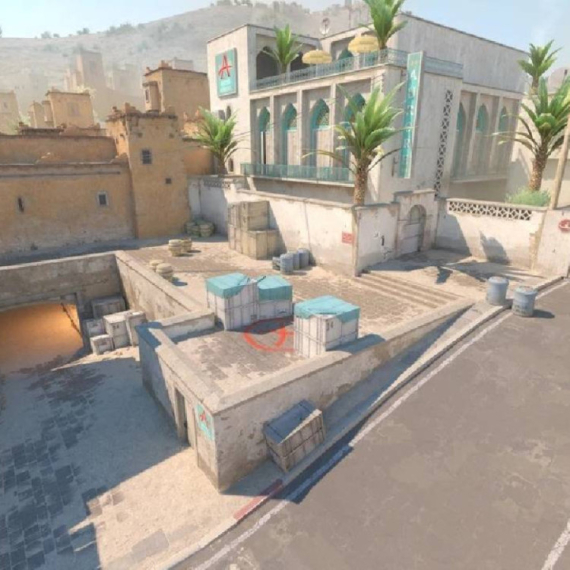





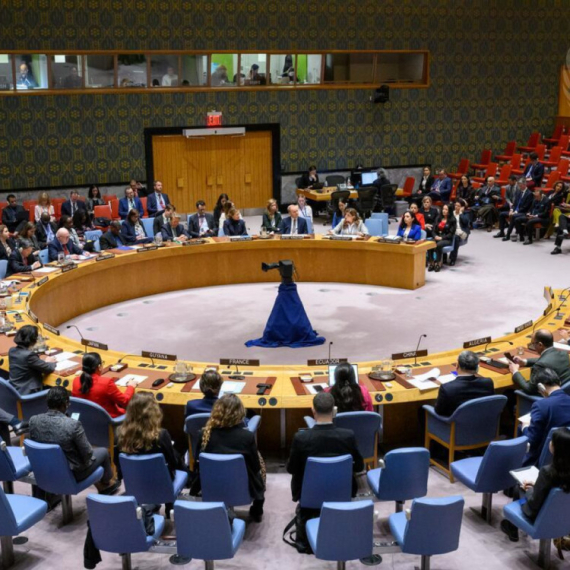
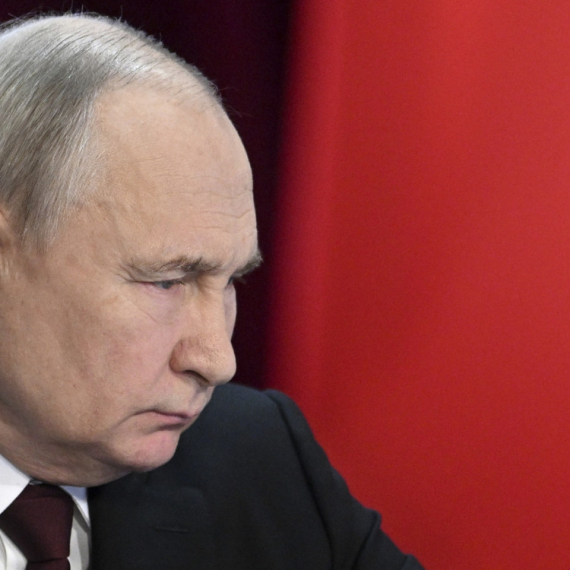
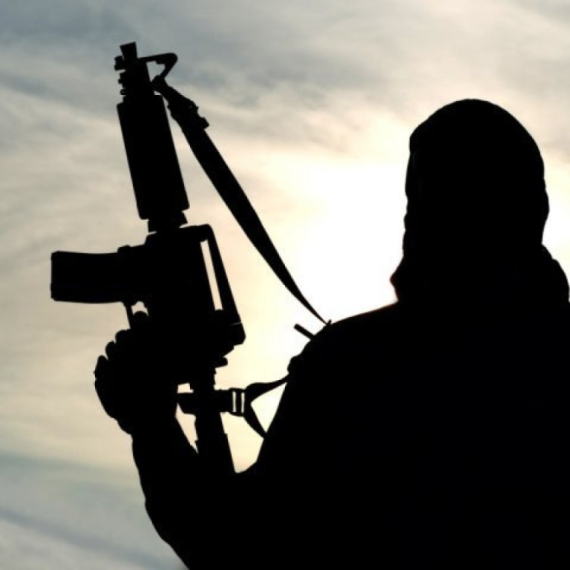
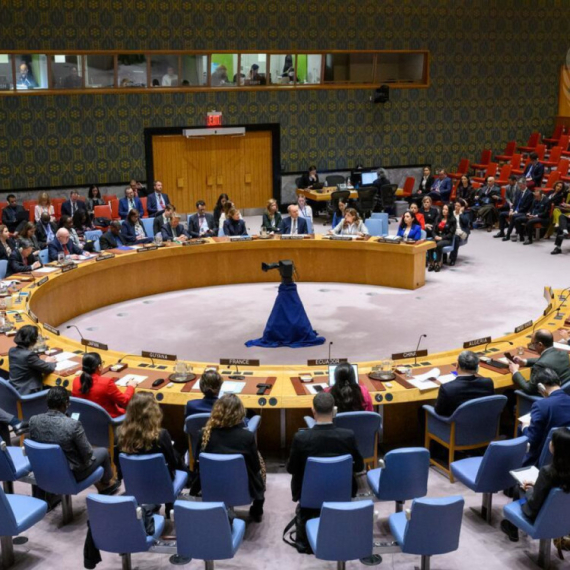

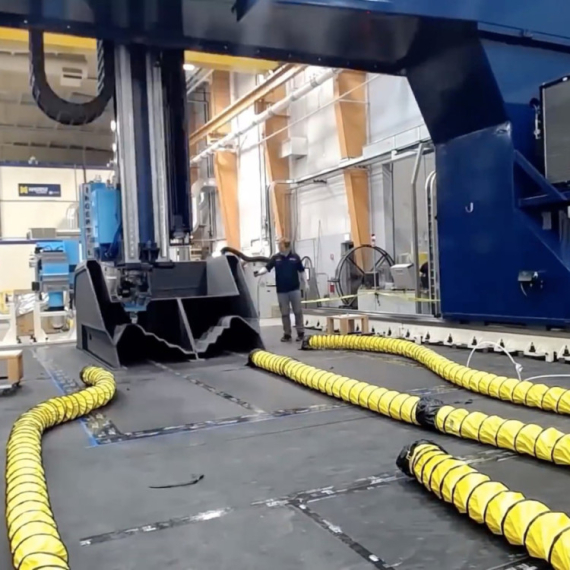
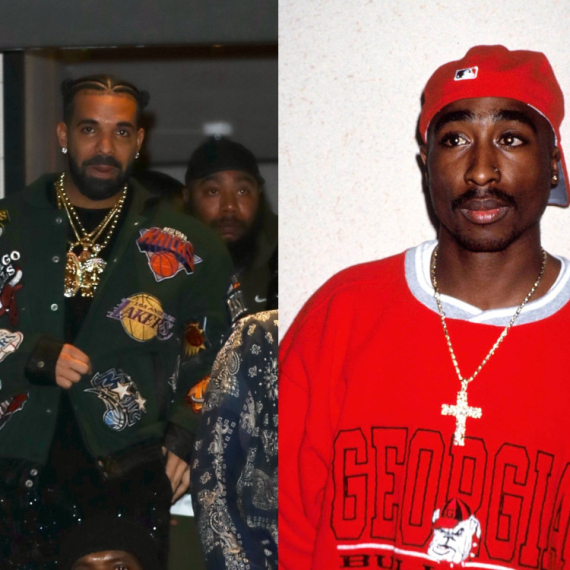







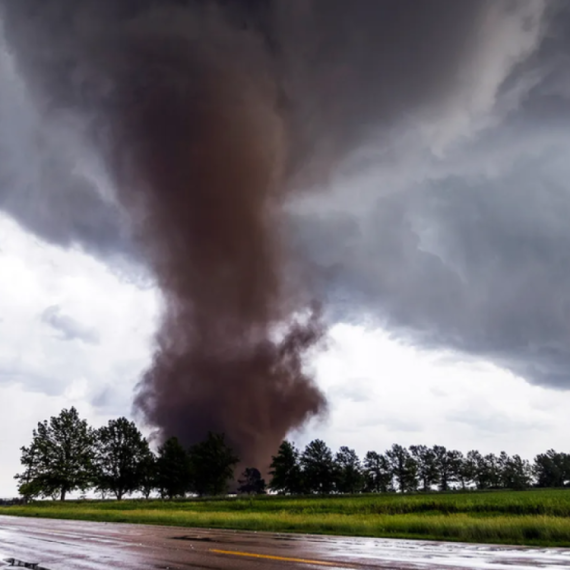

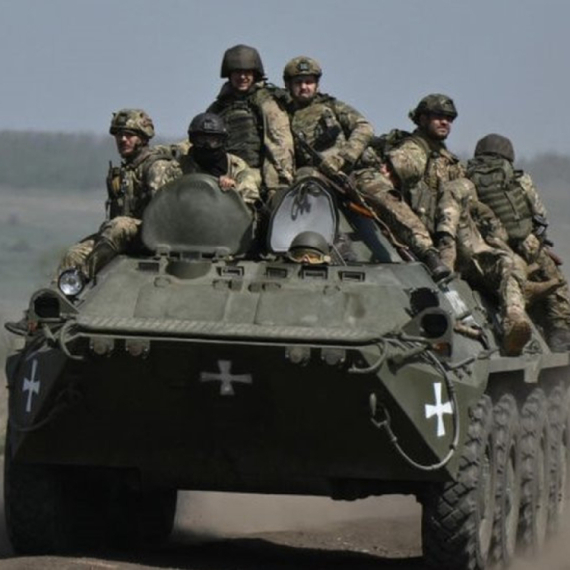
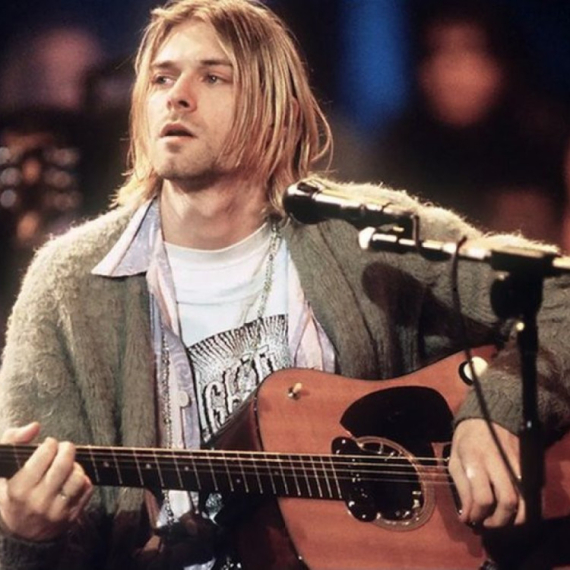
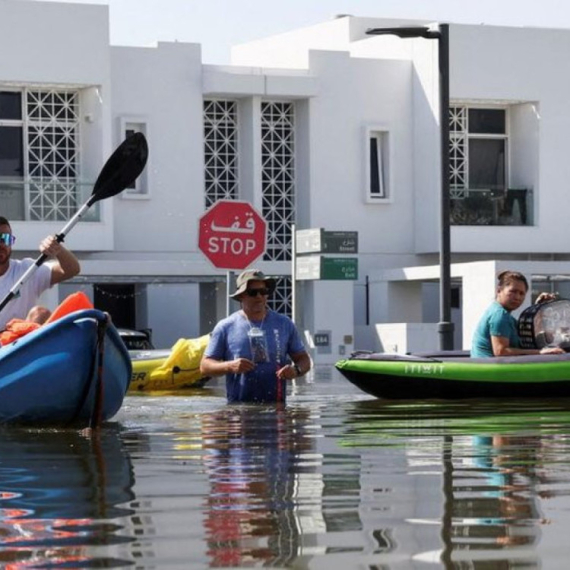

Komentari 5
Pogledaj komentare